In today’s digital age, the security of an organization’s data and systems is of paramount importance. This is particularly true in industries where regulatory compliance is a critical aspect of operations. Successful endpoint protection in a compliant environment is the key to safeguarding sensitive information and maintaining the integrity of your organization. In this blog post, we will explore some top strategies from an IT perspective to help you achieve this essential goal.
1. Understand Regulatory Requirements
The foundation of effective endpoint protection in a compliant environment begins with a clear understanding of the regulatory landscape. Regulations such as the General Data Protection Regulation (GDPR), Health Insurance Portability and Accountability Act (HIPAA), or industry-specific standards dictate the specific security standards your organization must adhere to. By comprehensively understanding these requirements, you can tailor your endpoint security strategy to ensure compliance.
2. Implement a Robust Endpoint Security Solution
To fortify your endpoint security, deploy a comprehensive endpoint security solution. This should encompass a range of security features, including antivirus, anti-malware, intrusion detection, and firewall capabilities. It is crucial to keep this software up-to-date and regularly patched to defend against emerging threats effectively.
3. Endpoint Encryption
Endpoint encryption is a critical component of endpoint protection. Implement full-disk encryption or file-level encryption to shield sensitive data on endpoints. This precaution ensures that even if a device is lost or stolen, the data remains secure, as it is unintelligible to unauthorized individuals.
4. Regular Patch Management
Establishing a robust patch management process is vital for maintaining endpoint security. Regularly update all endpoint software and operating systems to eliminate known vulnerabilities that attackers can exploit. Timely patching is essential to mitigate potential risks effectively.
5. Access Control and Authentication
Enforce stringent access control measures, including multi-factor authentication (MFA). These measures ensure that only authorized users can access sensitive data on endpoints. By adding an extra layer of security through MFA, you significantly reduce the risk of unauthorized access.
6. Endpoint Detection and Response (EDR)
Deploying an Endpoint Detection and Response (EDR) solution is crucial for detecting and responding to advanced threats and suspicious activities in real-time. EDR capabilities are essential for identifying and mitigating threats promptly, minimizing potential damage.
7. Security Awareness Training
Employees play a pivotal role in maintaining endpoint security. Educate your staff on security best practices, including how to recognize phishing attempts and the importance of compliance. Regular security awareness training and awareness programs can empower your workforce to become a line of defense against potential threats, reducing the likelihood of human errors.
8. Data Loss Prevention (DLP)
Implement Data Loss Prevention (DLP) solutions to monitor and prevent the unauthorized transfer of sensitive data both within and outside the organization, whether on endpoints or in transit. DLP technology helps safeguard your data from accidental or intentional breaches.
9. Remote Device Management
In a world where remote work is prevalent, maintaining control over remote devices is essential. Utilize mobile device management (MDM) and endpoint management tools to ensure that these devices comply with your security policies. This includes the ability to remotely wipe data from lost or compromised devices if necessary, safeguarding sensitive information.
Conclusion
By implementing these strategies, organizations can significantly enhance their endpoint protection in a compliant environment. This not only reduces the risk of data breaches but also helps prevent regulatory penalties. Keep in mind that cybersecurity is an ever-evolving field, and regular updates and improvements are crucial to stay ahead of emerging threats and ensure the continued security of your organization’s data and systems.

